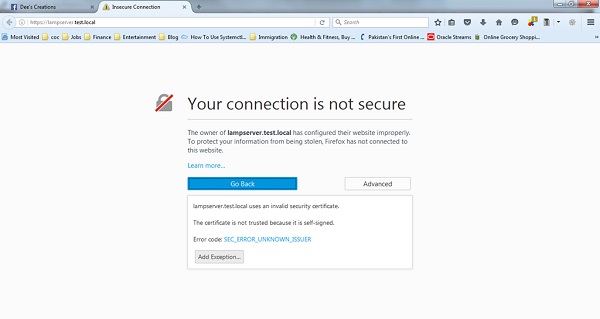


Use the following commands to open the necessary ports: sudo firewall-cmd -permanent -zone=public -add-service=http sudo firewall-cmd -permanent -zone=public -add-service=https sudo firewall-cmd -reload Verifying Apache Installation # You need to open HTTP and HTTPS ports, 80 and 443. If your server is protected by a firewall Once the installation is completed, enable and start the Apache service: sudo systemctl enable httpd sudo systemctl start httpd Adjusting the Firewall # To install the package run the following command: sudo yum install httpd On CentOS and RHEL the Apache package and the service is called httpd. Prerequisites #īefore starting with the tutorial, make sure you are logged in as a user with sudo privilegesĪpache is available in the default CentOS repositories and the installation is pretty straight forward. The following instructions describe how to install and manage the Apache web server on your CentOS 7 machine. It is a free, open-source and cross-platform HTTP server providing powerful features which can be extended by a wide variety of modules. Apache HTTP server is the most popular web server in the world.


 0 kommentar(er)
0 kommentar(er)
